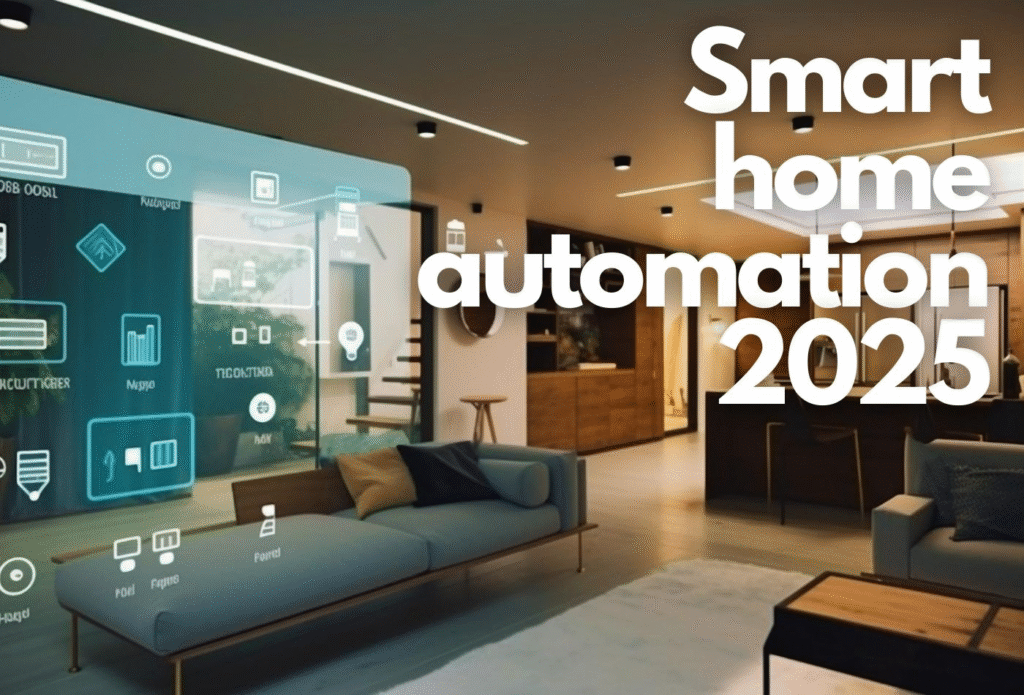Smart speakers and home hubs aren’t just responding to voice commands anymore—they’re anticipating them. Thanks to recent AI model upgrades, assistants like Alexa, Google Assistant, and Siri now use behavioral learning and emotional inference to predict your daily needs before you even ask.
What’s New in 2025’s AI Assistants
Recent updates include:
- Emotion detection: AI estimates user mood based on tone of voice, schedule patterns, and wearable data
- Predictive automation: Lights dim automatically during bedtime routine, coffee starts brewing as you wake up
- Cross-device context: Commands like “resume movie” work across TVs, tablets, and speakers seamlessly
- Conversational memory: Smart assistants can now remember preferences from previous conversations
Case Study: Google Home + Fitbit Integration
Google’s ecosystem now integrates Fitbit wellness data into Google Home routines. For example, if your heart rate is elevated after a workout, your assistant might lower room temperature, cue a calming playlist, and suggest a hydration reminder—all without being prompted.
This adaptive automation is powered by Google’s AI Health Insights model launched earlier this year.
Privacy and Control Settings
While smarter homes offer convenience, they also raise concerns about surveillance. Thankfully, all major platforms now include:
- On-device voice processing for privacy
- Emotion and biometric tracking opt-out options
- Monthly transparency reports of data usage
Users can fine-tune these controls via companion apps or voice commands like “What do you know about me?”




